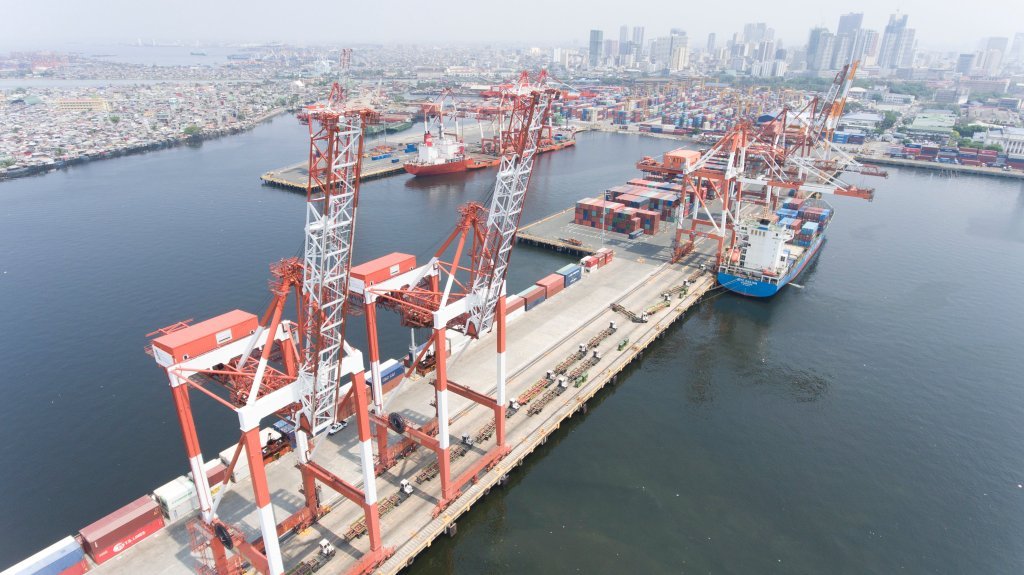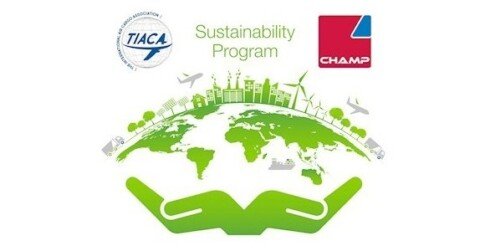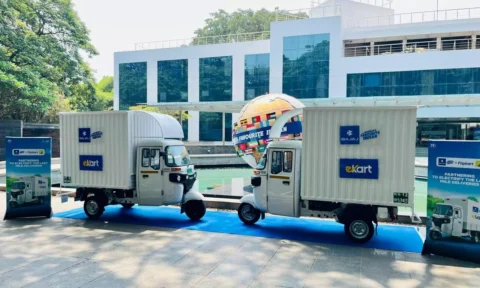In the first quarter of this year, Asian Terminals Inc (ATI)’s net revenues have increased by 19% due to improved cargo volumes and cost saving.
The company closed the quarter with revenue P2.72 billion, 5.5% above the previous year’s figure of P2.58 billion while operating under the challenging market conditions of the COVID-19 pandemic.
Three-month net income of ATI amounted to P563 million, higher than P473 million recorded last year. This is due to continued cost savings and implementation of the CREATE law that reduced the revenue tax rate from 30 to 25%.
Revenues in Manila South Harbor and Batangas Container Terminal in relation to international containerised cargo operations compared to the first quarter of last year, increased by 9% and 7.6% respectively, owing to the higher container volumes.
From January to March, ATI’s international container gateways in Manila and Batangas handled more than 327,000 twenty-foot equivalent units (TEUs), a 5% increase over the same period in 2010.
Meanwhile, this year, ATI has invested approximately P6 billion in capital expenditure to fund the ongoing port expansions and upgradation projects in Manila and Batangas as well as explore new growth opportunities.
This includes the ongoing refit of the Batangas Passenger Terminal and yard expansion and extension of berth facilities in Pier 3 of Manila South Harbour. At the beginning of this year, ATI supplied five brand new rubber-tired portable cranes, which increased the fleet in Manila’s South Harbor by 22% to 28 units.
ATI’s port infrastructure investment programmes are consistent with its commitment to PPA and in supporting the post-pandemic revival of the Philippine economy.
One of the major international trading gateways in the country is the Container Terminal Division (CTD) of ATI.
CTD offers 24/24, 24/7 rolling and storage services to international shipping lines along Piers 3 and 5, which have five work berths with draft of 12 meters, in line with global safety, security, technology and efficiency standards.
Modern planning and operating systems and the industry’s best terminal staff armed with global and local experience are the driving force behind ATI’s efficient port operations.
Nine ship-to-shore cranes, 23 modern rubber ports, internal transfer cars and other handling devices supports optimised operations and continue to deliver the best customer service.







